The home of the Moseleys and the garden design of Martha Brookes Hutcheson
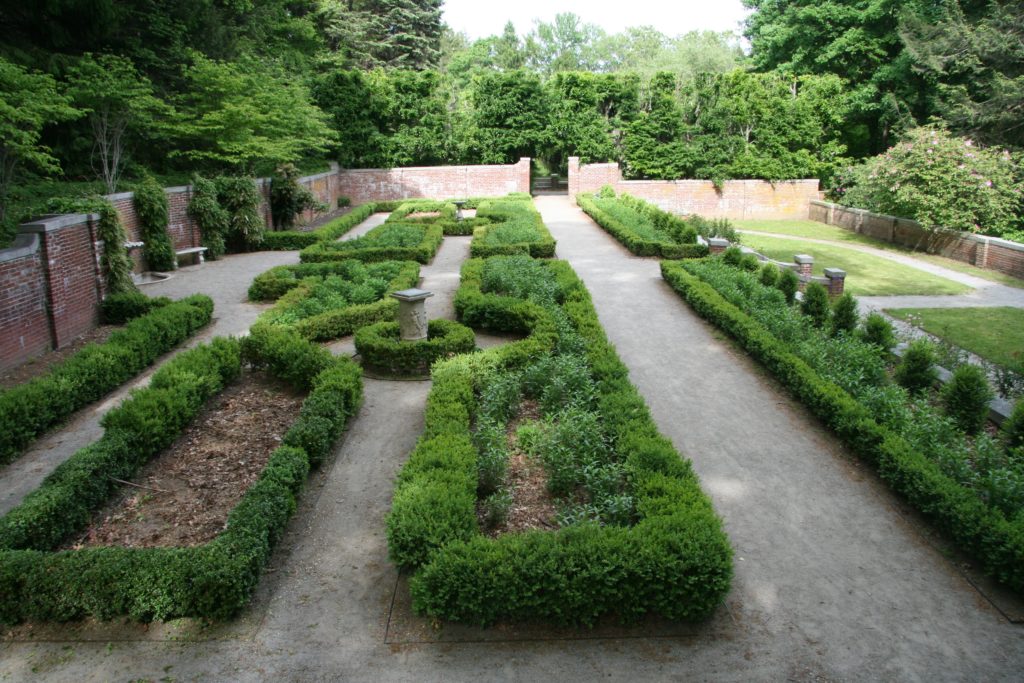
Apple | Spotify | Stitcher | Transcript | Email
In the second season of Someone Lived Here, Kendra explores homes that are no longer standing from the self-isolated location of her apartment. This week, we explore Maudslay State Park, formerly the Maudsleigh Estate. The park was once the country home of Frederick Strong Moseley and his family. In 1904, he commissioned the architectural design of Martha Brookes Hutcheson. Her designs and life story are the focus of the episode.
Music for this episode was by Tim Cahill.
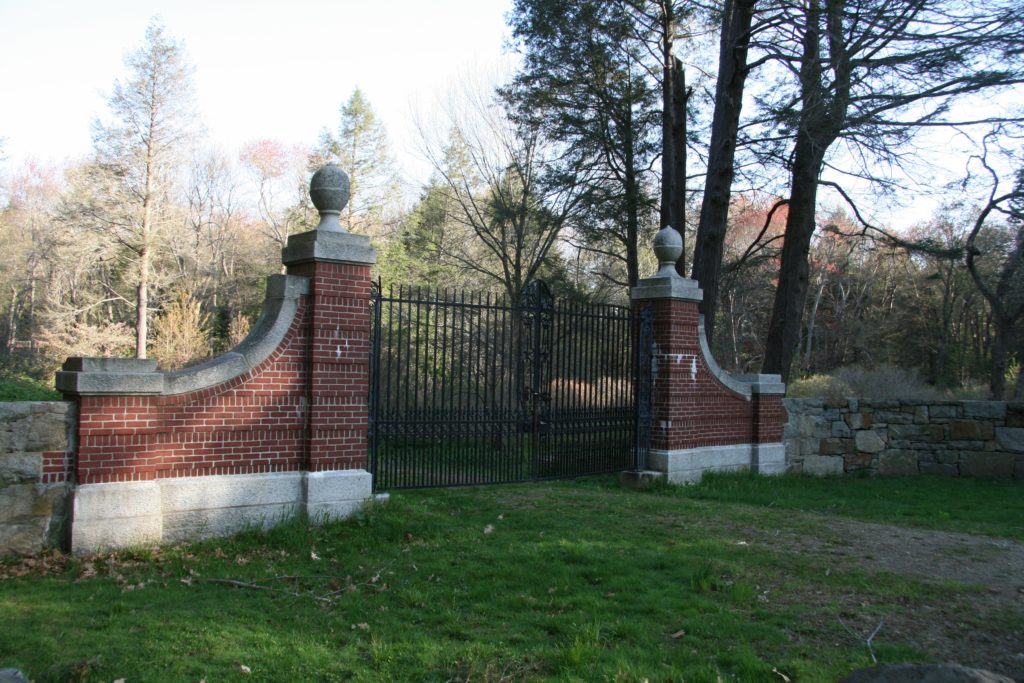
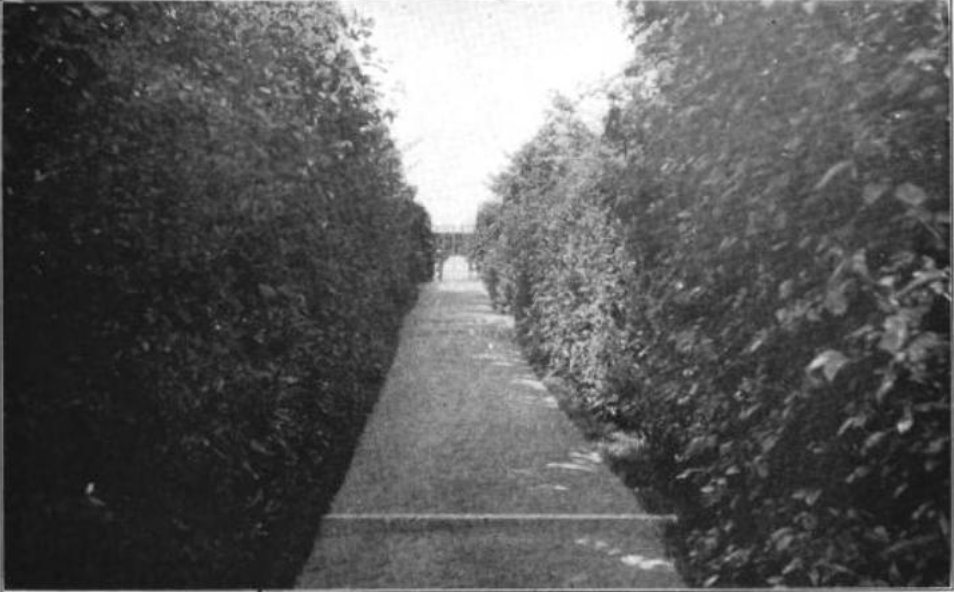
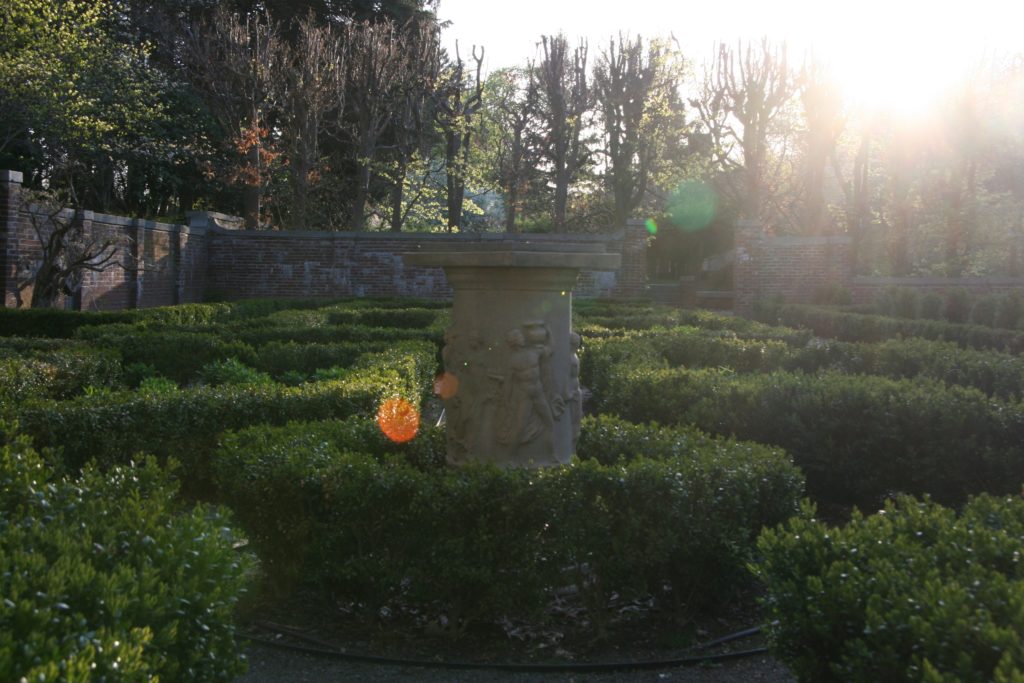
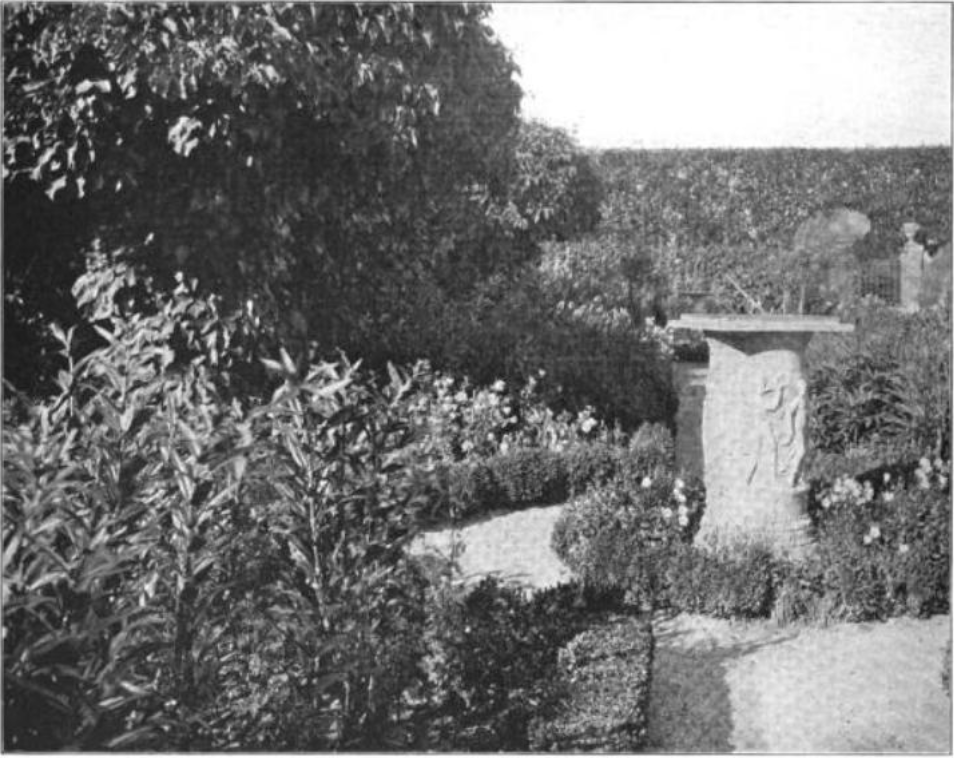
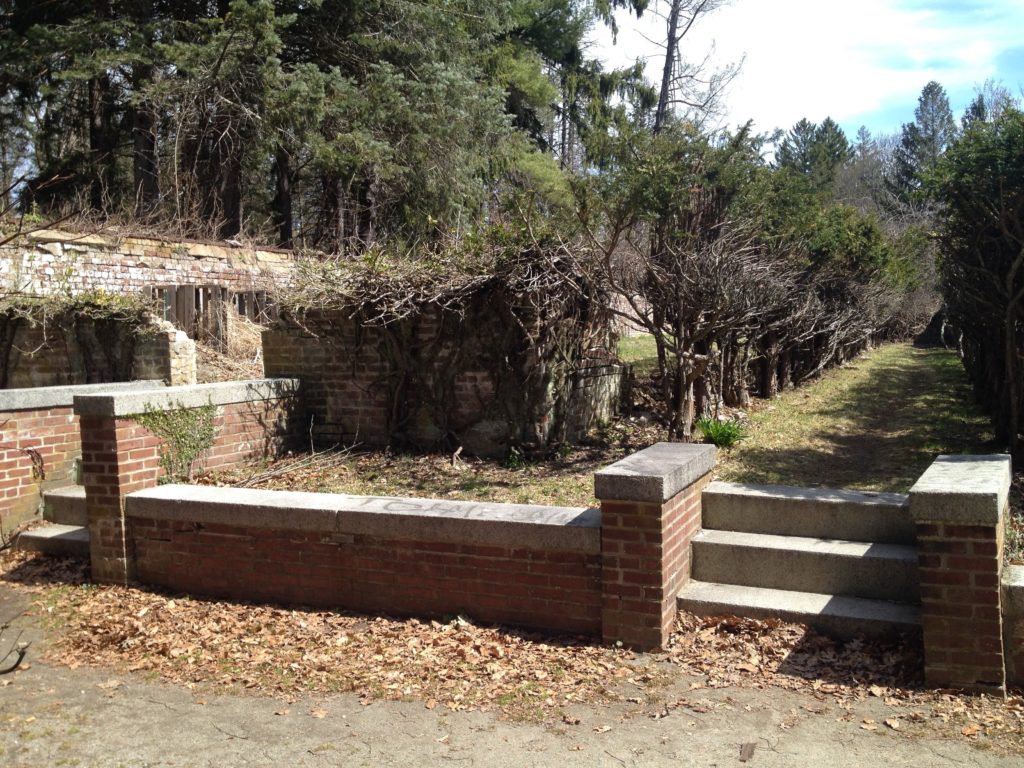
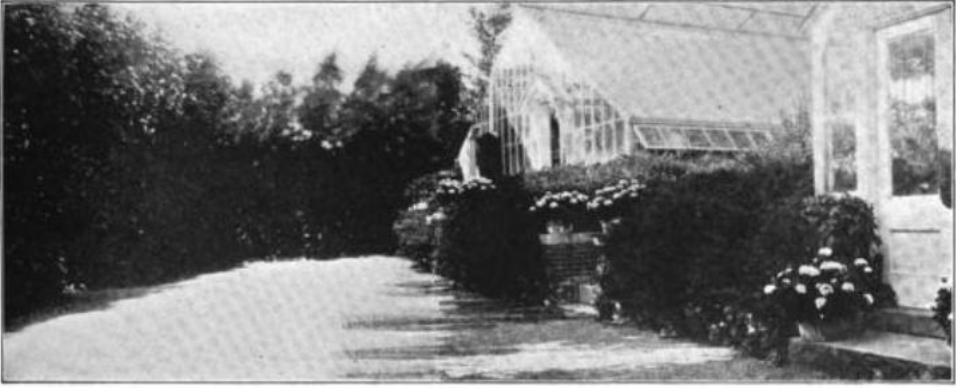
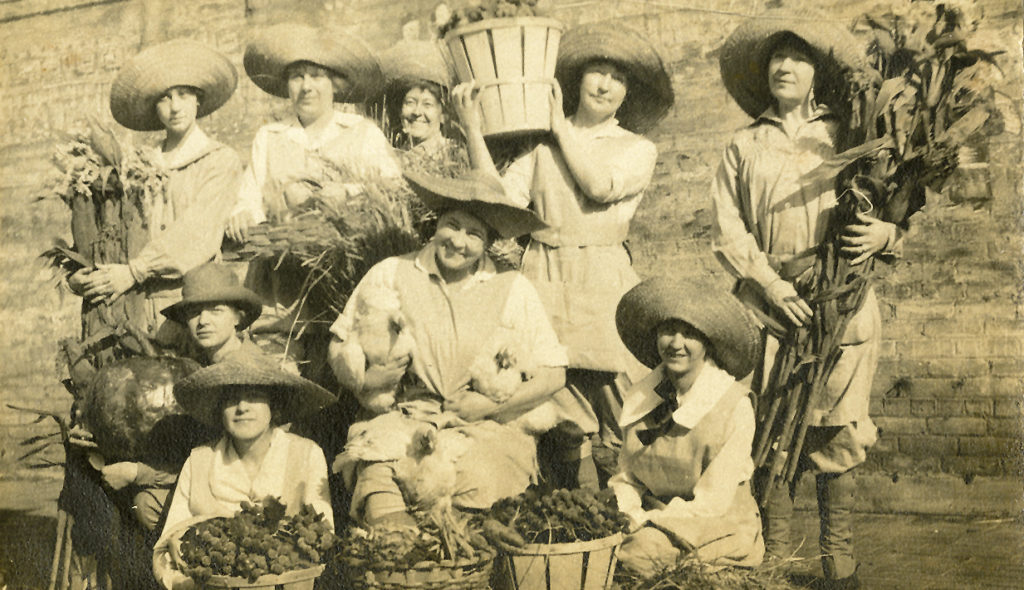
Unmarked photos taken by Kendra Gaylord between the years of 2010 and 2015.
Below is a transcript for season 2, episode 1 of Someone Lived Here at Maudslay State Park in Newburyport, MA. If you have any questions about the show or suggestions on how to make it more accessible please reach out at someonelivedhere@gmail.com.
What was once the enormous mansion of investment banker, Frederick Strong Moseley, is now just a brick outline. The over 400 acre state park, Maudslay is known for it’s winding paths, mountain laurels, views of the Merrimack River, and ticks. But much of what is left to see here is the vision of Martha Brookes Hutcheson.
Welcome to Someone Lived Here, a podcast about the places cool people called home. I’m your host Kendra Gaylord. This season we will be doing things a bit differently. Learning the stories of homes that are no longer standing all from my apartment in NY.
In the opening episode of season 2, I wanted to bring us somewhere I know very well. Today we will be at Maudslay State Park in Newburyport, Massachusetts. The park is remarkable for it’s variety. It has dense forest, large fields, ponds, swamps, once formal gardens, hedges, cold frames, pet cemeteries, and countless abandoned structures. And as a kid growing up I would go to this park, imagining stories about the people who used to live here.
This story doesn’t start in the medival ages with a princess fighting a dragon as I envisioned as a kid, but instead in 1860 when a wealthy merchant Edward Moseley bought a stretch of property along the Merrimack River called the Laurel Grounds. It was called this for the Mountain Laurels which are native to New England and grew on the riverbank. And that plant might sounds familiar to folks who listened to last season. Edna St. Vincent Millay’s mother wrote a poem about her 3 daughters calling them her “little Mountain Laurel trees”.
And the must be a very poetic plant, because before Edward Moseley purchased this property it was already being used for “Laurel Parties.” On the last day of June, a man named William Ashby would throw picnics with poets and friends. John Greenleaf Whittier who attended many of the parties over the years wrote, multiple poems for the occasion. Here’s a little piece of Our River:
| ONCE more on yonder laurelled height | |
| The summer flowers have budded; | |
| Once more with summer’s golden light | |
| The vales of home are flooded; | |
| And once more, by the grace of Him | |
| Of every good the Giver, | |
| We sing upon its wooded rim | |
| The praises of our river: |
Edward Moseley’s son Frederick would buy a farm on the Merrimack beside his father’s, 30 years later. And that’s where we will start our journey. If you drive down Curzon Mill Rd. there is an impressively large, iron gate, and to be completely honest it looks a bit like the opening shot of a Stephen King movie. This was the path that would take Frederick, his wife, Helen and their future children to their very large country estate.
Frederick Moseley was a stockbroker and worked and lived in Boston with his family. Maudsleigh was the summer and weekend residence.
The gate and the path and much of what we can still see today is the work of Martha Brookes Hutcheson. Martha grew up visiting her great Uncle’s farm in Vermont where they would spend the summer’s gardening and in the fields. In her early 20s she attended New York School of Applied Design for Women and traveled Europe, but it was when she saw the grounds of Bellevue Hospital in New York City that changed her course in life “I was overcome with the terrible waste of opportunity for beauty which was not being given to the hundreds of patients who could see it or go to it, in convalescence.”
When Martha got in contact with the hospital it became clear that changing the grounds would not be possible, but through her conversations, she learned of a new program being formed at MIT in Landscape Architecture. In the year 1900 both Harvard and MIT were created programs in the field. Harvard did not allow women. MIT didn’t strictly prohibit, but admission was very unlikely since math and science were rarely taught to women. Martha entered the program at 27, and succeeded with additional tutoring, and after two years she left the program. Many men in her position would have left school and done an apprenticeship, but it is likely that it would not have been easy for a woman to find a position within a firm. So she started her own in Boston.
One of her early clients was Frederick Strong Moseley, and it was here that she would spend the coming years creating the framework that we still see today. She was 33 when she first started her work at Maudsleigh.
She wrote in her notes almost casually “changed entrance & induced client to rebuild house” One of her goals on the entrance was to create a surprise for their guests. The long drives slight curve obscures the view. She planted hedges, trees and shrubs to cover water towers and other functional needs. You would drive the path leading to the 72-room house not fully understanding where you were and only once permitted into the home, would you realize that they you weren’t in the middle of a field, but instead on a cliff overlooking the Merrimack River. And if you stand on that foundation you can see that view and even though I ruined the surprise its still breathtaking.
Now if you stand on the stone slab that was once the front step and turn to your right you can see a carriage house. The giant grand home didn’t stay standing, but the garage for horses did. It’s about the size of a 3 car garage. There were originally over 30 structures on the property and nearly all of them are either gone, or closed and fallen into disrepair.
Near the carriage house is a small walkway that leads to a well and if you continue on the pathway up the slight incline you’ll find yourself in a garden surrounded by brick walls. This was an Italian inspired garden with multiple levels and many of the pieces still look very similar, a fountain on the wall, a compass, boxwood and roses. In Martha’s book, The Spirit of the Garden, you can see the photos she took in Maudsleigh. They are labeled and used as example to illustrate her gardening principals. In some photos you can easily recognize the location, and in others the black and white photos are so full of plants and life, that you can’t truly place where it would have been taken.
If you continue straight through the gate there are very high hedges. Martha used hedges to hide the more practical pieces of the garden like that pesky water tower or greenhouse roofs. The high hedges are still there, but there is nothing to hide. The greenhouses are only concrete bases, with steps and half walls. In her book, Martha wrote of necessary evil of greenhouses calling them, “the most artificial and hopelessly ugly utilitarian blot that has perforce to be placed on an estate.” Okay, that is the meanest thing that I can even imagine being said about a greenhouse. No wonder they fell down.
There used to be a potting shed in the center of the greenhouses, but it was taken down a few years ago. Just like on the formal side, there are steps down to a lower level, but here there are cold frames. Cold frames are designed to protect plants from harshest weather and seeds that were started in the greenhouse would be moved here to be hardened off before being planted fully outside.
When you read The Spirit of the Garden, you don’t get recommendations on cold frames or seed planting. In her first sentence she explains what type of book it will be, “Garden books exist in great numbers which give comprehensive and helpful planting charts, color-schemes and lists of valuable varieties of plants. There is a deeper need in the larger conception of the underlying principles of comprehensive planning.”
Martha chapter titles : the importance of axis, the use of the hedge, and water in the garden feel like they are teaching the fundamentals of design. She was praised by reviewers for how “she interprets accepted theories so that all can understand and put them in practice.”
This book was published in 1923, about 15 years after she initially made the gardens at Maudsleigh. In the years in between, she accomplished a lot. She designed gardens in New England and New York, completing about 70 projects. She was making about $10,000 every year, which calculates to over a quarter of a million dollars with inflation. In 1910, when Martha was 39 she married William Anderson Hutcheson and became Martha Brooke Hutcheson. In the following years, they purchased a working 100 acre farm in New Jersey. She closed her New York office soon after the birth of her daughter. But like most women’s stories, it doesn’t end there.
Before we continue with Martha, I want to finish our walk in Maudslay. Beyond the greenhouses, is a hedge of tall hemlocks. By ducking through a small gap in their planting you are in the center of rectangular grassy area, on most sides there are hedges, with some slightly patchy holes that happen over the centuries. In the center is grape arbor and peony plantings.
Once you cut through the hedge again, you find yourself on a path similar to the one on the way to the main house. At the end of this gravel path was a colonial revival. Now what’s left is the foundation and the great view.
One thing that I always think of in Maudslay is the amount of people who worked here . There were the gardens, fields for vegetables, a dairy farm. Maudsleigh often had 40 people working there. Help wanted ads can be found in the local paper dating back to 1909.
On the street I grew up on, we had a neighbor who my brother used to call Grandma Esther (Miller). I wasn’t born yet, so I didn’t have the opportunity. She was born in Norway and moved to the US when she was 18. Her husband, Otto worked as a caretaker at Maudslay for decades. And Esther worked there too. By the time we knew them they were retired. My mom remembers Esther always out front gardening and planting. The two were avid gardeners and this is a little late, but I would like to congratulate Esther on her 1st place win for best vase of gladiolas and Otto on his award winning blue hubbard squash at the 1949 Newburyport Horticultural Society Fair.
Frederick Strong Moseley died at Maudsleigh at age 86. His daughter, Miss Helen Moseley didn’t marry and continued living at the property with her mother, Mrs. Helen Moseley. Miss Helen built that colonial soon after her father’s death.
Despite all formal gardens and greenhouses that are between Mrs. Helen’s and Miss Helen’s the two homes were only a quarter mile apart. After Mrs. Helen Moseley died at 77, 14 years after her husband, that 72 room mansion was torn down. For over 20 years, Miss Helen was the overseer of Maudslay and our neighbors worked for her. Miss Helen died in 1974 at the age of 69. A few years after that colonial burned down.
In an essay for The Cosmopolitan in 1901 before her career had truly begun, Martha Brookes Hutcheson wrote this line about old gardens she had seen in Italy.
“They were planted so long ago that their very formalities are now but ghosts of their original plan, and the old stonework is covered with moss that softens every surface and lends a dull color and a sense of mystery to everything.”
And to many that’s exactly what Maudslay exudes today
As I told you, Martha’s story didn’t end when she closed her offices in Boston and New York. Although she continued to do consulting work for past clients, she moved her focus to her own Merchiston Farm. And what she had previously created for her clients she began to create for herself and her community. This meant plantings, and ponds and arbors. And although there was beauty there was also a utility. Martha was always learning and changing, wether it was the farms irrigation system or the crop rotations.
There is one photo that I really love. A 45-year old Martha sits holding 3 chickens, she is surrounded by 8 women in cotton uniforms, each holding a crop. When the United States entered World War I, Martha was one of the founding members of the Women’s Land Army, their goal was to protect the US food supply and they did that by employing women as farmers at the same wage as men. In 1917 and 18, “farmerettes” as they were called, were employed across the country. And the crew here at Merchiston Farm were managed by Martha.
Martha continued to run her garden and farm successfully for decades constantly evolving her techniques and taking her detailed perspective to every part of the process. She ran the property and lived on it until her death when she was 88. Her daughter, Martha would donate the property to Morris County Park Commission 13 years later. And over the years, many of the gardens at Merchiston have been restored to how they were in 1945.
Maudslay also became a public park in 1985 Massachusetts purchased the 400 acre estate for $5 million dollars.
I think it’s pretty great, that Martha’s original goal back in 1898, was to make a public space more beautiful. And it may not have happened exactly as planned and it may look a little different, but 120 years later, two spaces that she created are being used for just that.
Thank you for listening to the new season of Someone Lived Here. I would love to read your review on Apple Podcast if you can. We will be releasing new episodes every other Monday this season. You can see what we’re up to by following on Instagram at someonelivedherepod.
Thank you to Maudslay State Park for existing. Music is by Tim Cahill. If you have any questions about the show or want to see some photos of Maudslay go to our website SomeoneLivedHere.com.
Sources:
The Spirit of the Garden by Martha Brookes Hutcheson, 1923 – https://books.google.com/books/about/The_Spirit_of_the_Garden.html?
Places Journals, Dreaming True by Roxi Thoren, November 2018. –https://placesjournal.org/article/martha-brookes-hutcheson-and-feminist-ecology/?
Our River by John Greenleaf Whittier, 1861 – http://www.telelib.com/authors/W/WhittierJohnGreenleaf/verse/wartime/ourriver.html
Assorted Newburyport Daily News clippings from 1909 – 1949 – https://newburyport.advantage-preservation.com/
The Works of John Greenleaf Whittier by John Greenleaf Whittier and Elizabeth Whittier, 1894 – https://play.google.com/books/reader?id=eYu1_L84ntAC&hl=en
Introduction to The Spirit of the Garden reprint by Rebecca Warren Davidson, 2001
The Cosmopolitan, April 1901 Issue, article The Spirit Garden by Martha Brookes Brown – https://play.google.com/books/reader?id=lvF7ynH_frAC&hl=en
Long Island Landscapes and the Women who Designed Them by Cynthia Zaitzevsky, 2009
Archive Guide at The Arnold Arboretum of Harvard University: “Maudslay” the Moseley Estate (Newburyport, Massachusetts), 1906-1995
Maudslay Art Center Timeline – http://maudslayartscenter.org/about/history-of-maudslay/
I loved listening to this! I lived in Newburyport for many years (and worked as a gardener!) and Maudsley was always a favorite place. So evocative of a bygone era. Your talk made it all come alive again! Thank you.
I listened to this the other night snuggled in bed for a comforting distraction from current events. I’m a Newburyport native. Aside from my childhood home, the Italian Garden is probably the place in this world where I find most solace. Thank you for such a beautiful bedtime story and bringing me closer to this magical place. So grateful it exists.